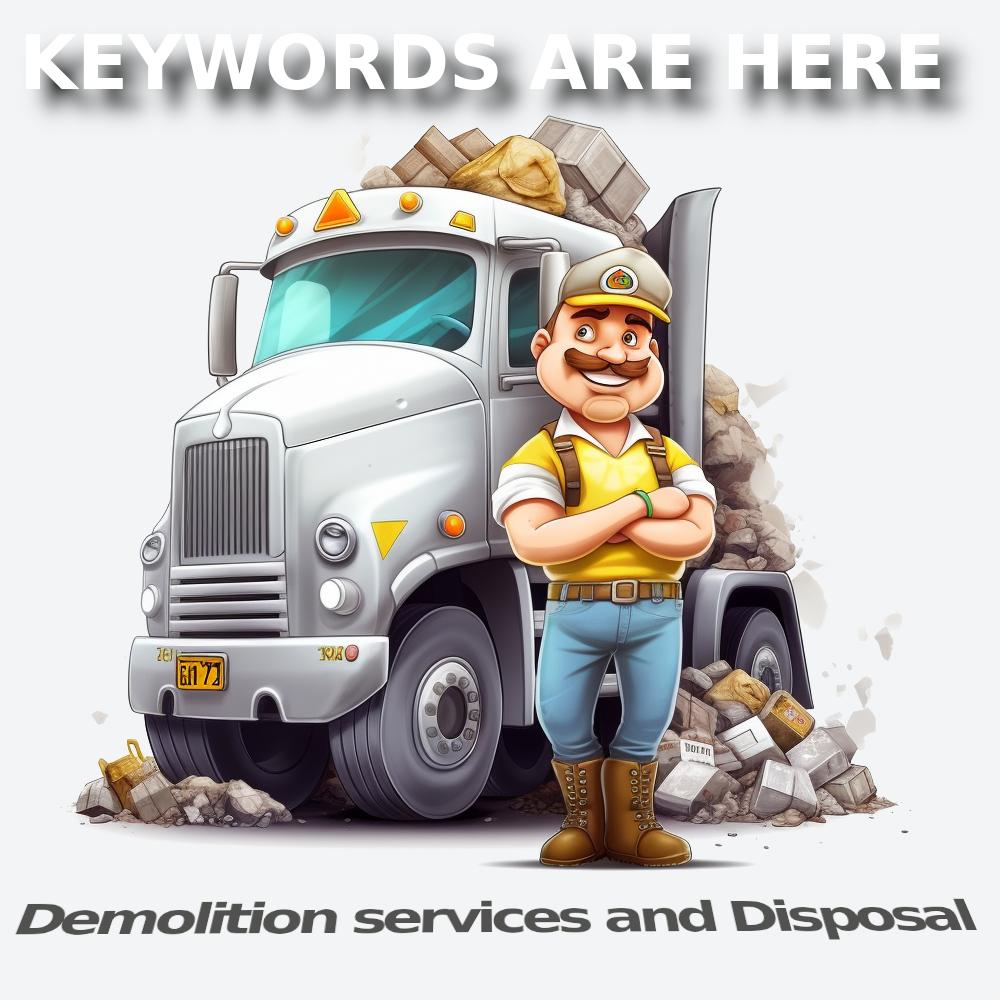


If you want to succeed in today's competitive online landscape, it's crucial to create content that resonates with your target audience and helps you stand out from the crowd. But how can you ensure that your content is discoverable and visible to the people who matter most – your potential customers? That's where the semantic core and keyword research come in. By identifying the words and phrases that your target audience is searching for, you can create content that is optimized for search engines and designed to meet their needs. By using the logical connection between your semantic core and keywords, you can develop a content strategy that helps you attract and retain customers, build brand awareness, and grow your business online. So, don't miss out on this opportunity – start using the power of semantic core and keywords to create content that helps you achieve your business goals today!
Before you start to create your content by using the right keywords and phrases, please do remember (!) :
The semantic core refers to the set of words or phrases that are the most important and relevant to the content of a piece of text. In the context of search engine optimization (SEO), the semantic core of a website or webpage is the group of keywords and phrases that are used to describe the main topics and themes of the content.
Developing a strong semantic core is important for SEO because it helps search engines understand the relevance and significance of the content on a webpage. By including relevant keywords and phrases in the content, meta tags, and other on-page elements, website owners can improve their chances of ranking higher in search engine results pages (SERPs) for queries related to their business or industry.
The semantic core of demolition services and disposal would include the following key concepts:
Demolition: This is the process of tearing down buildings, structures, or other man-made objects.
Site preparation: This includes the preparation of the demolition site, such as securing the area and disconnecting utilities.
Selective demolition: This is the process of removing specific parts of a building or structure, rather than demolishing the entire structure.
Structural demolition: This is the process of demolishing the entire structure, including the foundation.
Excavation: This includes the removal of soil or rock from a site before or after demolition.
Deconstruction: This is the process of carefully dismantling a building or structure to salvage materials for reuse.
Hazardous materials removal: This includes the removal and disposal of hazardous materials, such as asbestos or lead paint, before demolition.
Disposal: This includes the disposal of waste materials generated by demolition, such as concrete, brick, and metal.
Recycling: This includes the recycling of materials salvaged from the demolition, such as wood or metal.
Environmental considerations: This includes considerations for minimizing the environmental impact of the demolition and disposal process.
Safety measures: This includes measures to ensure the safety of workers and the public during the demolition and disposal process.
Equipment and tools: This includes the equipment and tools used during the demolition process, such as excavators, bulldozers, and jackhammers.
Regulations and permits: This includes the regulations and permits required for demolition and disposal.
Project management: This includes the management of the demolition and disposal project, including scheduling and budgeting.
Cost estimation: This includes the estimation of the cost of the demolition and disposal project.
Waste disposal facilities: This includes information on waste disposal facilities and their requirements for accepting demolition waste.
Salvageable materials: This includes information on salvageable materials that can be sold or donated after the demolition.
Demolition contractors: This includes information on contractors who specialize in demolition and disposal services.
Demolition and disposal planning: This includes the planning process for a demolition and disposal project, including risk assessment and environmental impact analysis.
Building codes and regulations: This includes information on building codes and regulations that must be followed during the demolition process.
Keywords:
Demolition
Site preparation
Selective demolition
Structural demolition
Excavation
Deconstruction
Hazardous materials removal
Disposal
Recycling
Environmental considerations
Safety measures
Equipment and tools
Regulations and permits
Project management
Cost estimation
Waste disposal facilities
Salvageable materials
Demolition contractors
Demolition and disposal planning
Building codes and regulations
Site clearance
Waste management
Landfill
Debris removal
Asbestos abatement
Lead paint removal
Concrete removal
Metal recycling
Salvage and reuse
Dust suppression
Noise reduction
Site restoration
Environmental impact analysis
Risk assessment
Safety certifications
By incorporating carefully chosen keywords into your business profile in our catalog, you can significantly improve your search rankings and attract more relevant leads. Think of these keywords as your secret weapon for reaching the right customers at the right time.
Unlock the true potential of your business with Mapolist – where strategic keywords and success go hand in hand. Sign up now and let the world find you!
We use cookies
We use cookies and other tracking technologies to improve your browsing experience on our website, to show you personalized content and targeted ads, to analyze our website traffic, and to understand where our visitors are coming from. Privacy Policy.